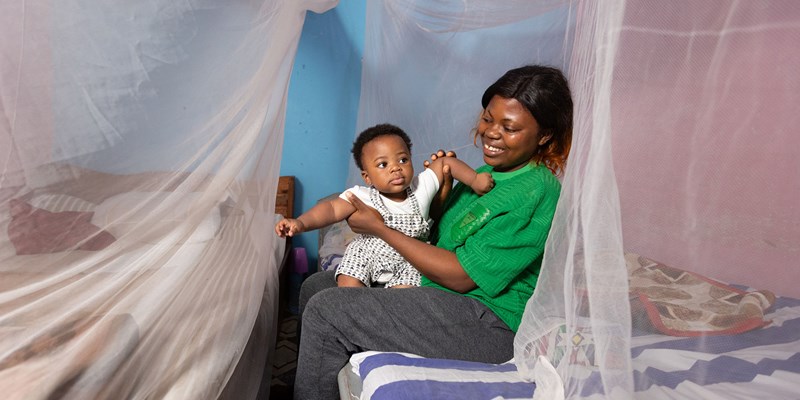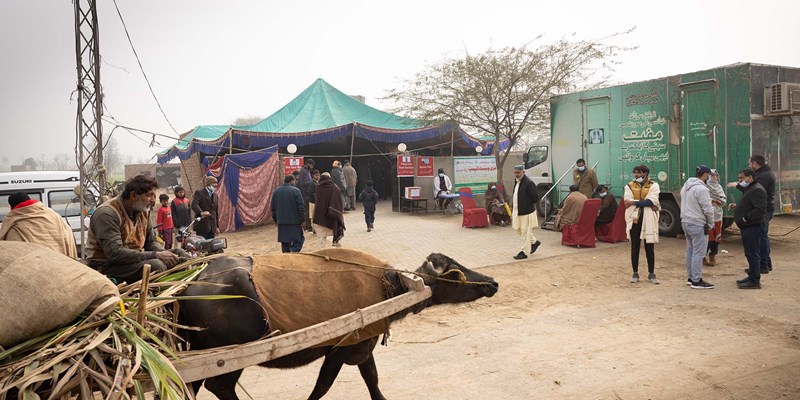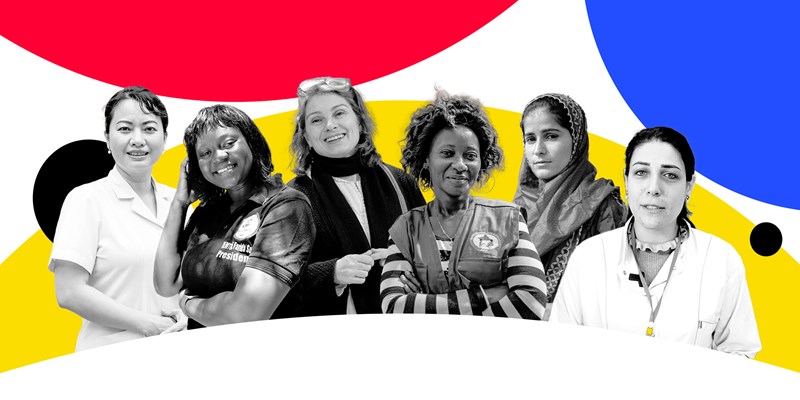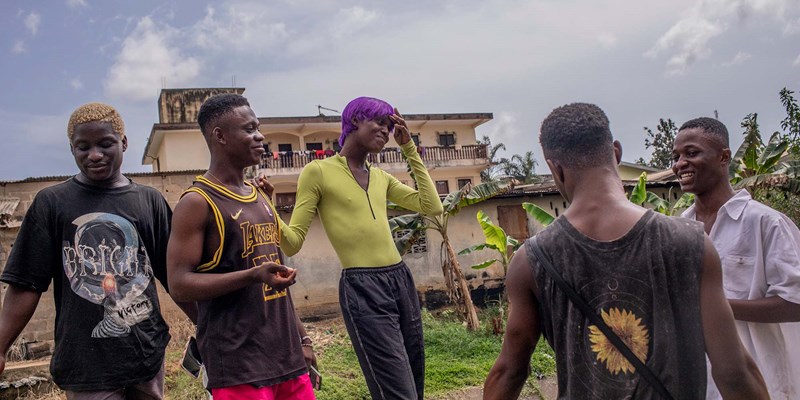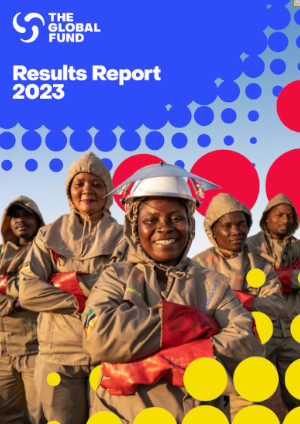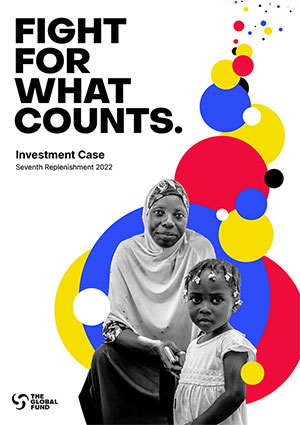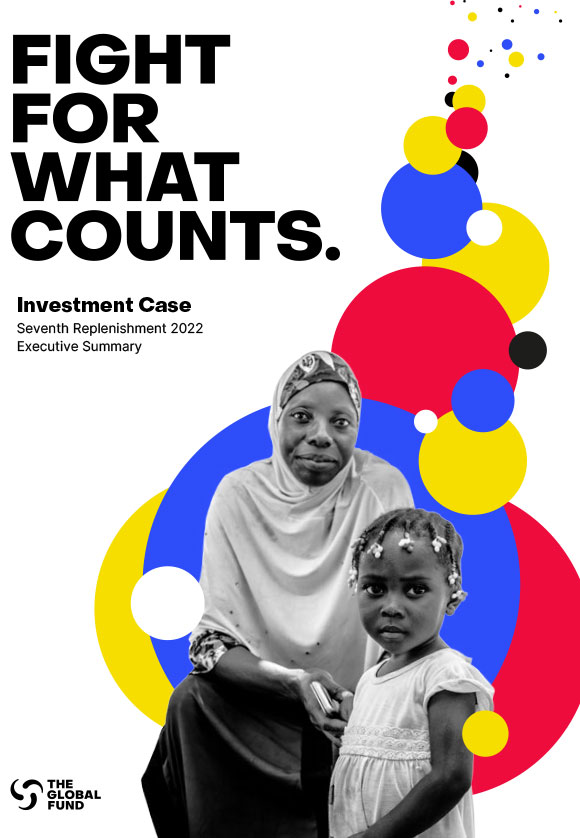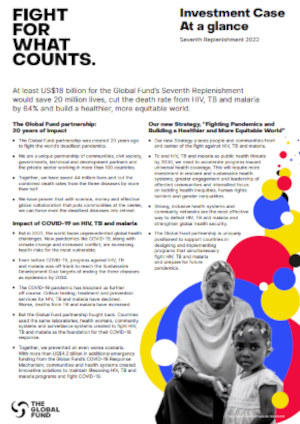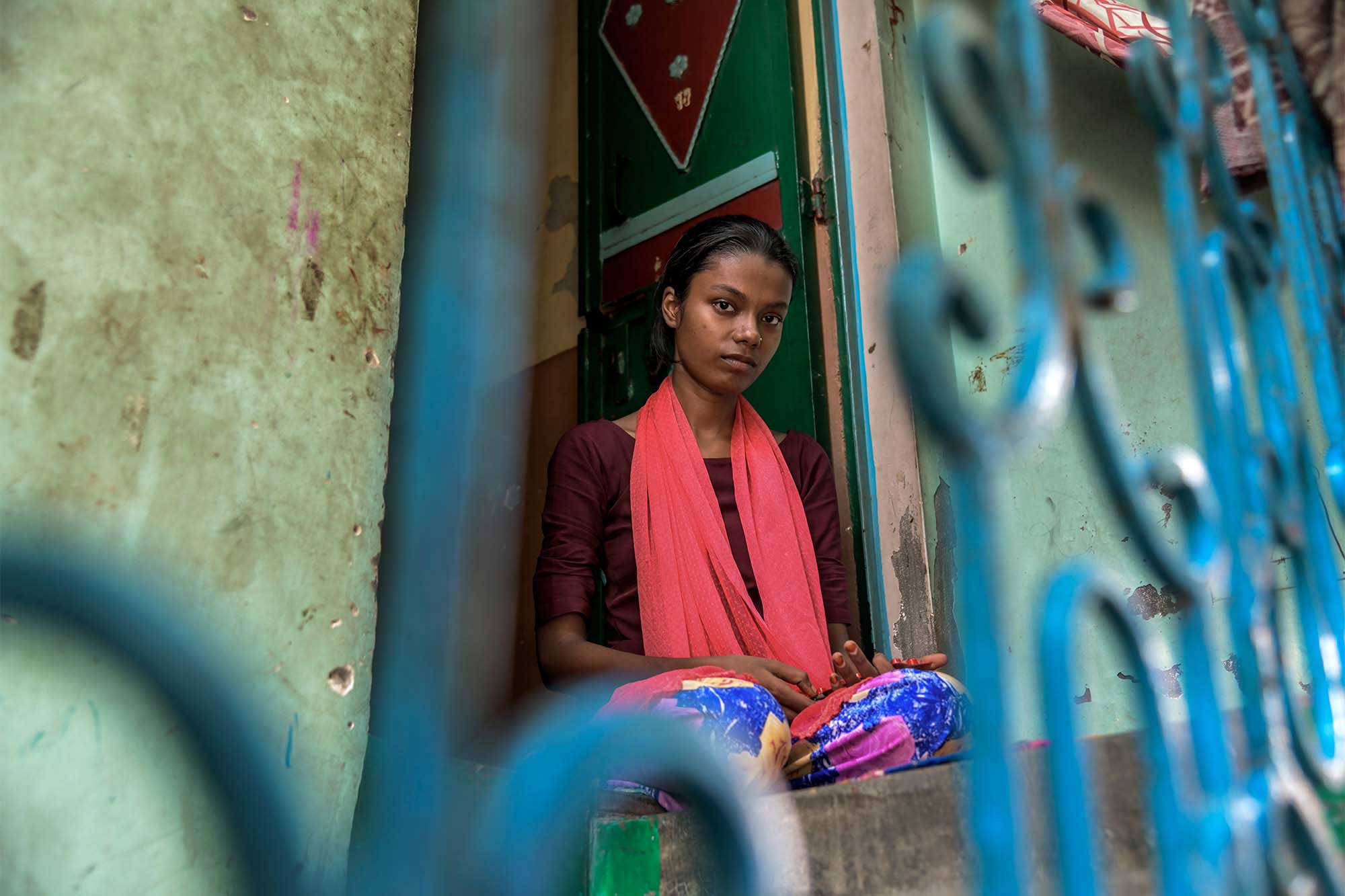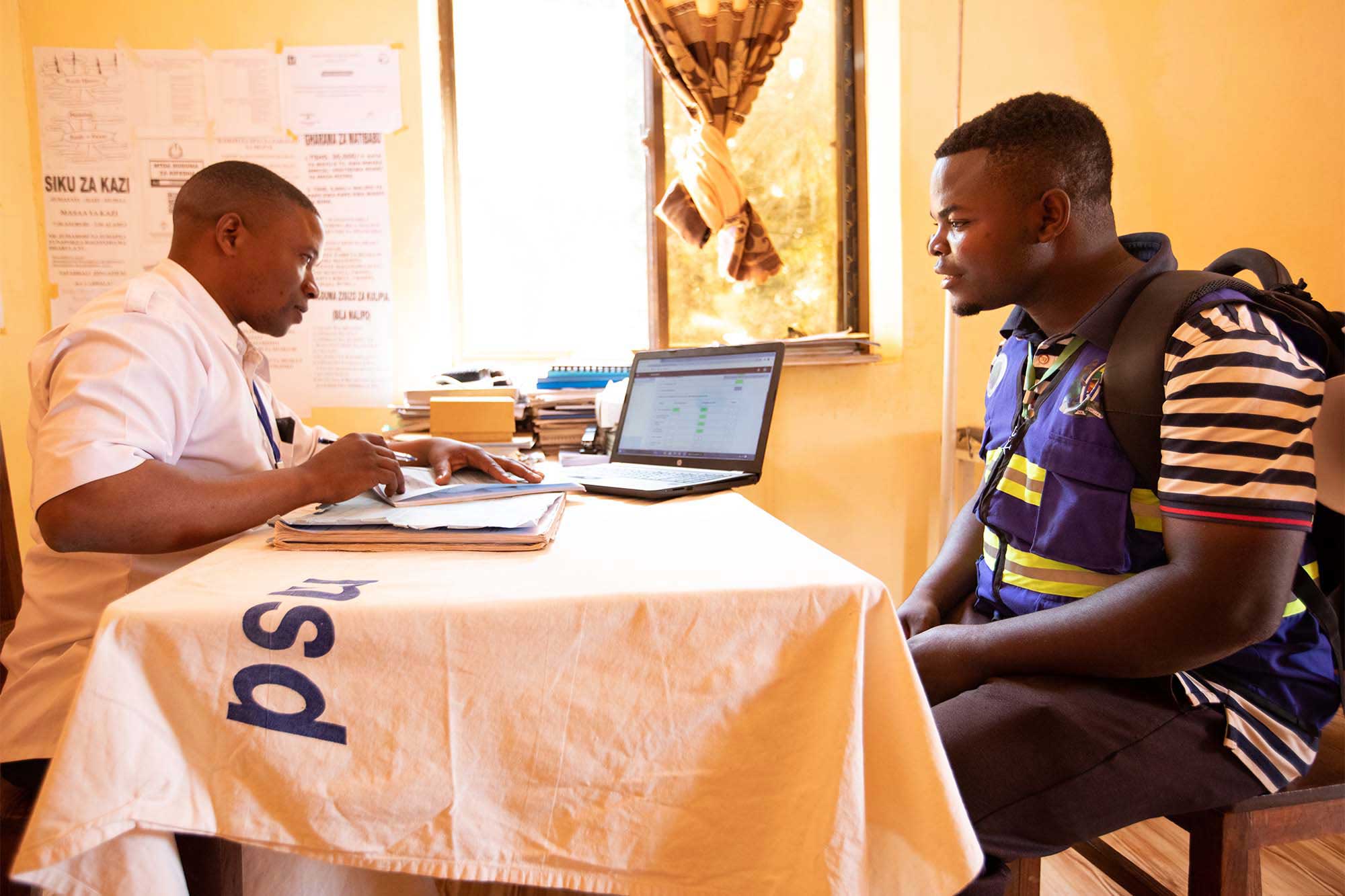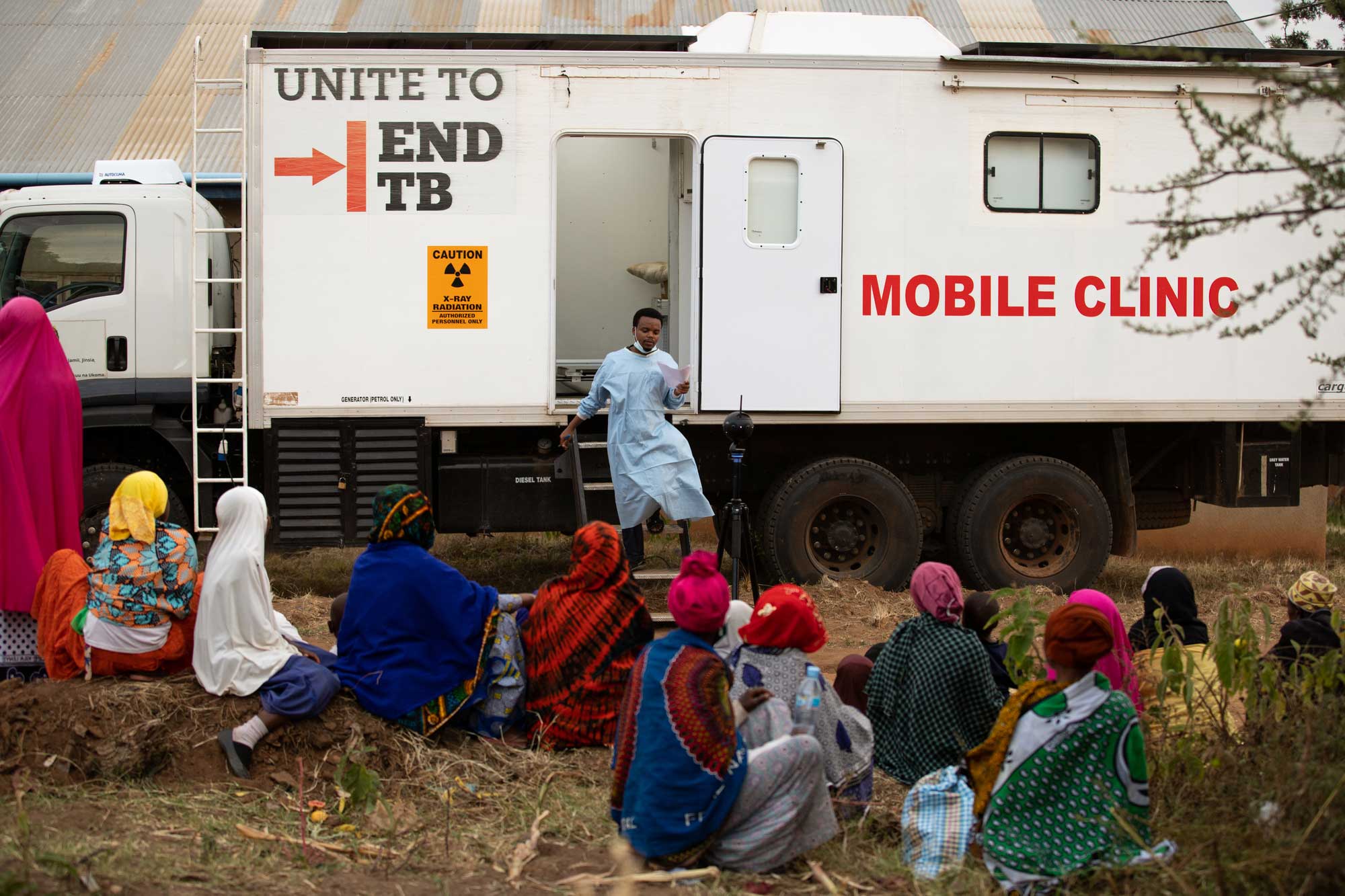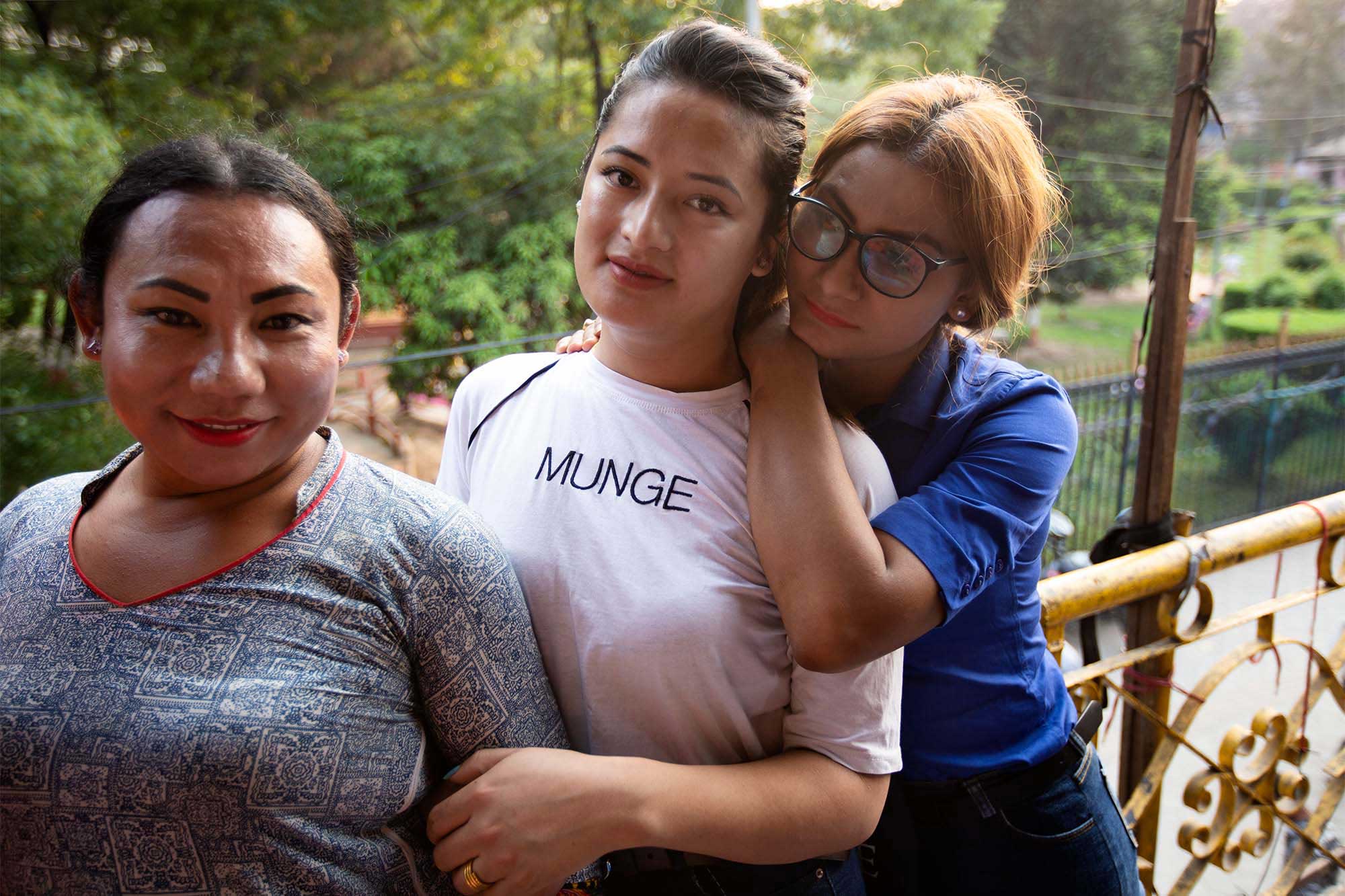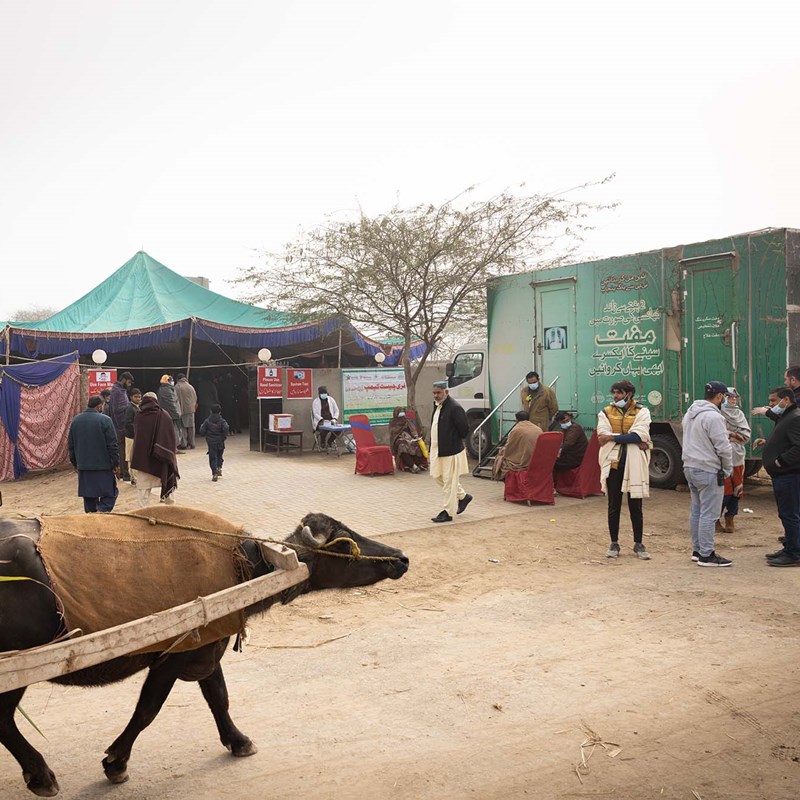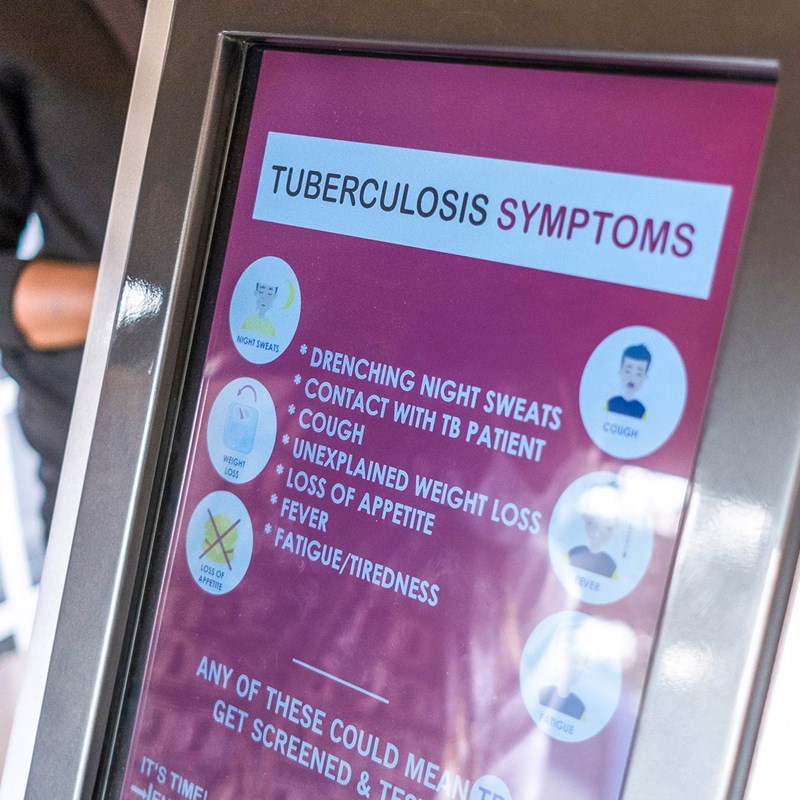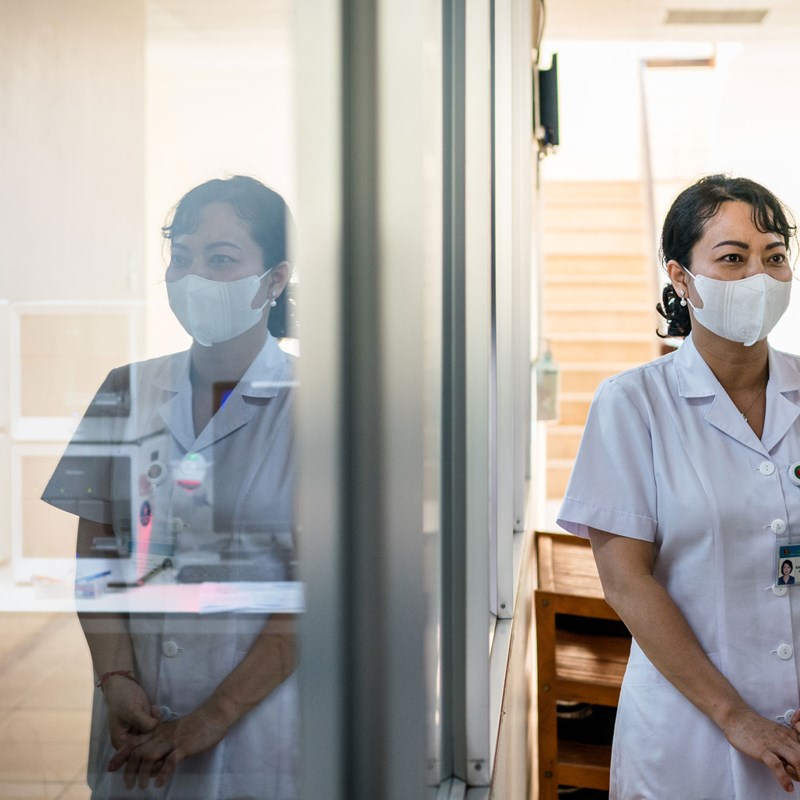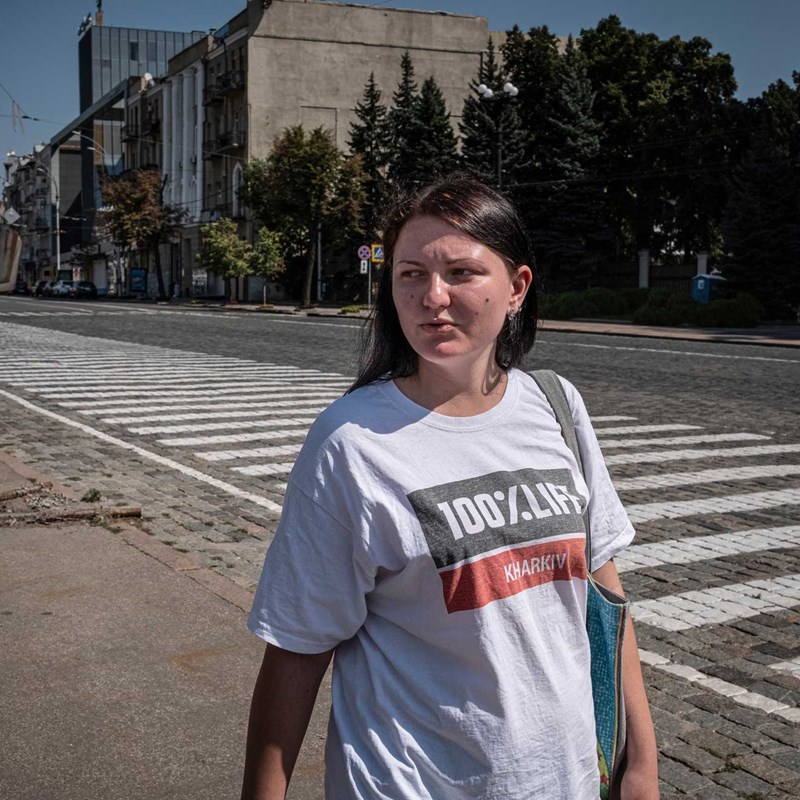The Challenge
Tuberculosis (TB) is one of the world’s leading infectious disease killers. More than 1.6 million people died of TB in 2021, including people living with HIV. It is the leading killer of people living with HIV, causing 1 in 3 deaths. Colliding crises – climate change, war and deepening inequities within and between countries – are causing more people to suffer and die from TB, a preventable, treatable and curable disease.
The COVID-19 pandemic has also had a devastating impact on the fight against TB, reversing years of progress. The number of people who died from the disease increased for the second consecutive year, and the number of people falling ill with TB increased to 10.6 million in 2021, an increase of 4.5% from 2020. At least 1 million children become ill with TB each year, representing about 10% of all people suffering from TB.
But we are fighting back. Thanks to interventions by the Global Fund partnership, TB programs are showing strong signs of recovery. We must continue to scale up adaptation and mitigation efforts to maintain these fragile gains against TB, and increase investments in the same tools, health workers and systems for health that are needed to fight TB and COVID-19 and to prepare for future airborne pandemics.Tuberculosis by the Numbers:
Funding
- The Global Fund provides 76% of all international financing for TB.
- We have invested US$9.2 billion in programs to prevent and treat TB as of June 2023.
Prevention
- 1.5 million people exposed to TB received preventive therapy in 2022.
Testing and Treatment
- 6.7 million people treated for TB in 2022.
- 118,000 people on treatment for drug-resistant TB in 2022.
- 331,000 TB patients living with HIV on antiretroviral therapy during TB treatment in 2022.
